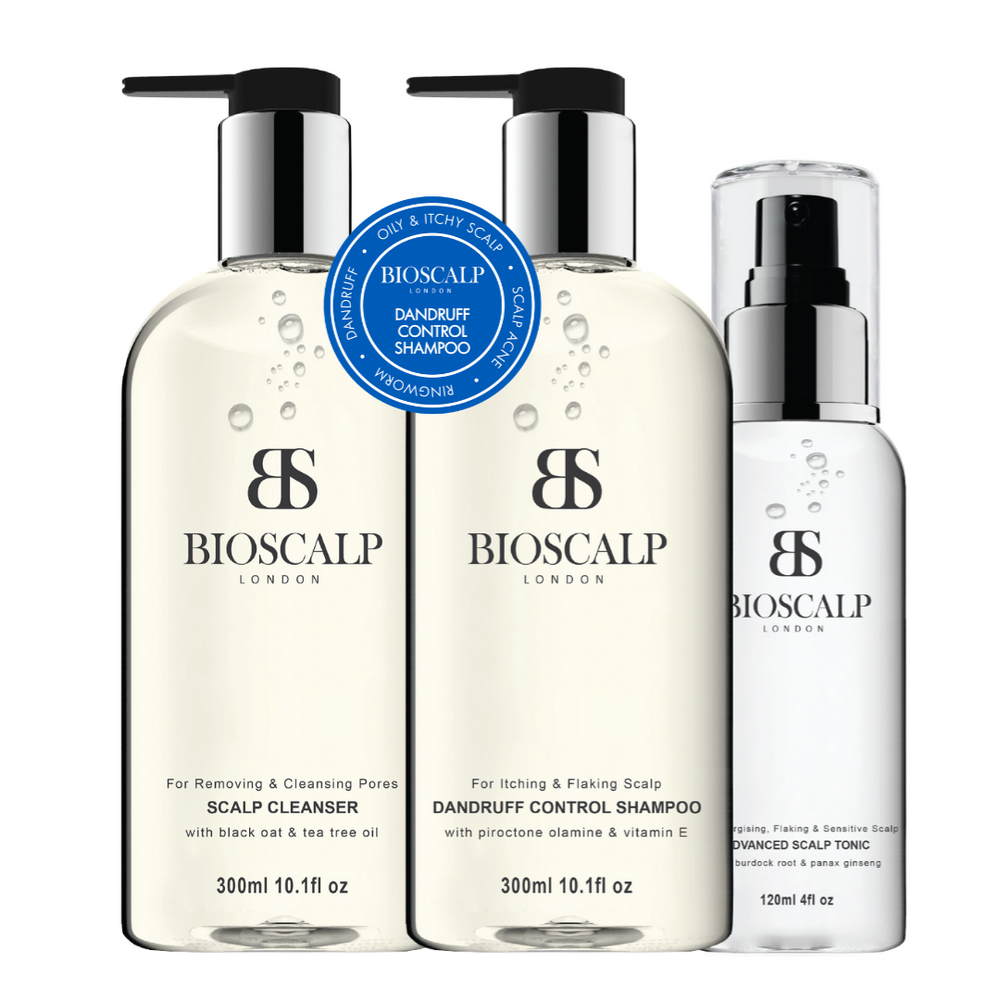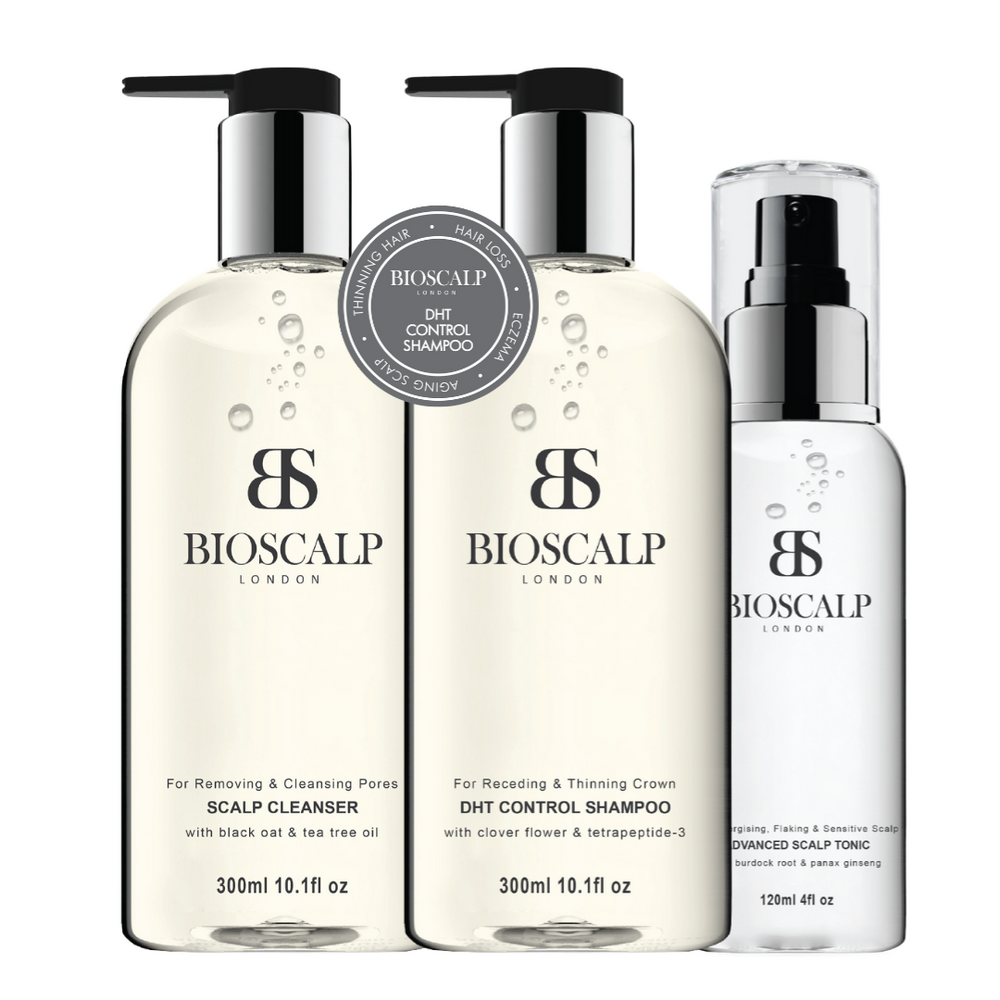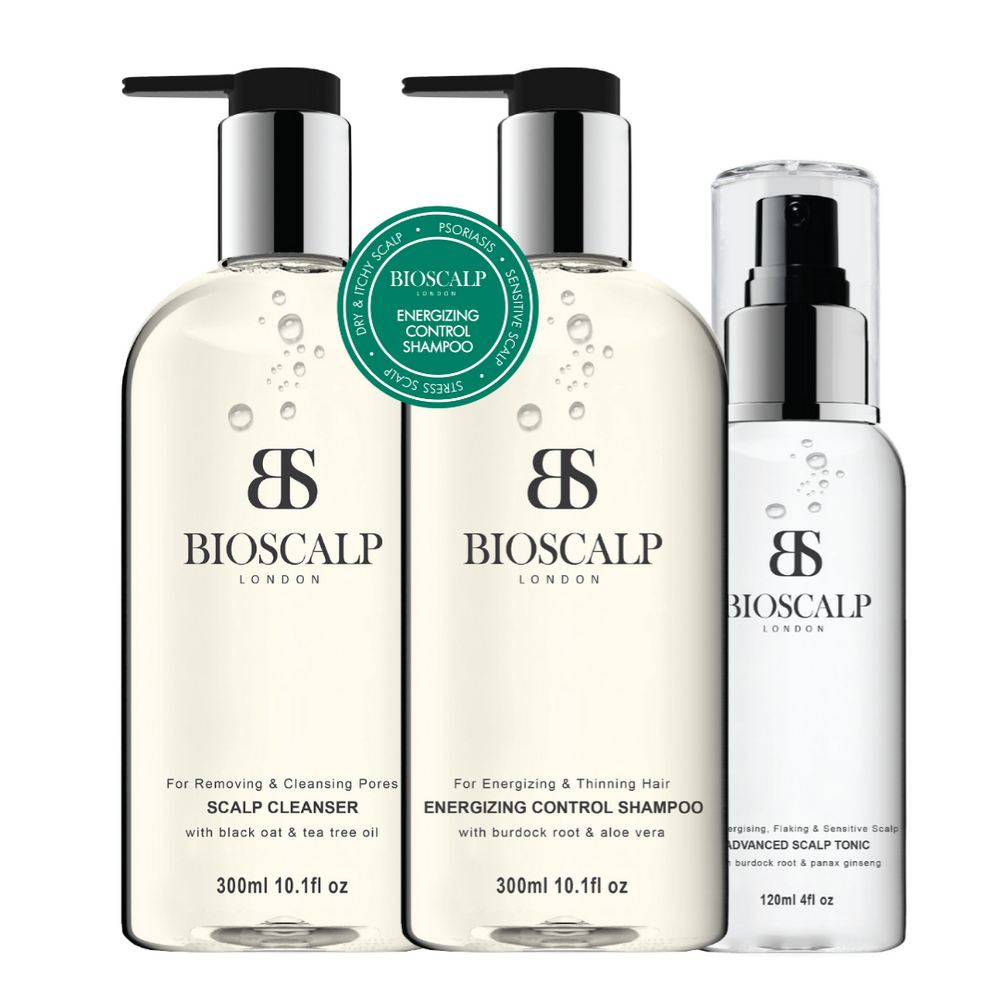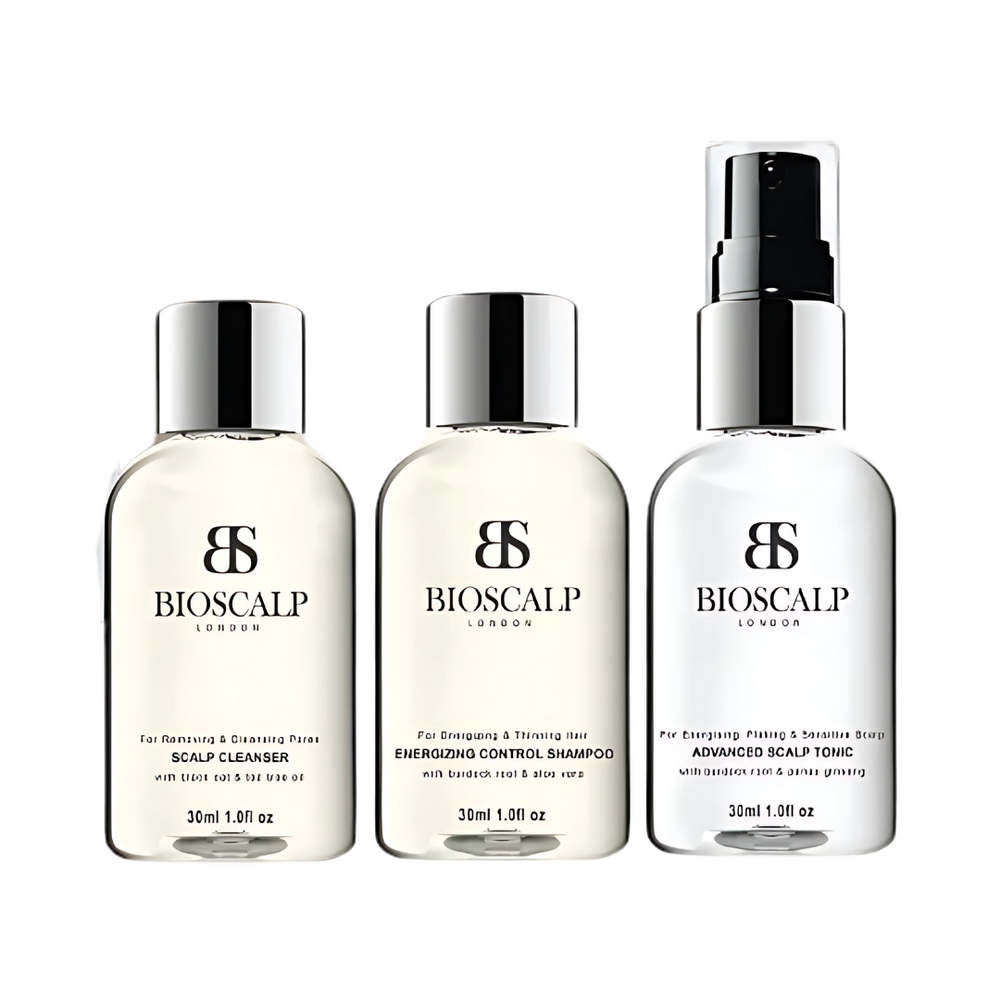Hair thinning is a common concern that affects both men and women, often leading to frustration and a search for effective solutions. Understanding the root causes and exploring practical strategies can help you address this issue and promote healthier, fuller hair. If you're looking for ways to reduce hair thinning, here's everything you need to know, from dietary adjustments to professional treatments.

What is Hair Thinning?
Hair thinning is the gradual reduction in hair density that can result in sparse areas or an overall decrease in hair volume. Unlike complete baldness, hair thinning is subtle and may develop over time. Factors such as genetics, hormonal changes, nutritional deficiencies, and lifestyle habits often contribute to this condition.
Effective Strategies to Reduce Hair Thinning
Topical Treatments for Hair Growth
- Topical treatments remain a cornerstone in addressing hair thinning. Beyond standard options like minoxidil, new variants infused with ingredients like caffeine or peptides have gained popularity. These formulations aim to enhance follicle stimulation and improve scalp health, making them a powerful ally in your hair care routine.
Dietary Adjustments to Support Hair Health
-
Superfoods for Healthy Hair
- Incorporating nutrient-dense foods such as spinach, berries, and fatty fish into your diet can provide essential vitamins and minerals. Iron-rich spinach promotes oxygen transport to hair follicles, while antioxidants in berries combat oxidative stress that weakens hair.
-
Hydration for Stronger Strands
- Dehydration can leave hair brittle and prone to breakage. Drinking 6–8 glasses of water daily helps maintain a hydrated scalp and strong hair.
Hair Care Practices for Prevention

-
Limit Heat Damage
- Heat styling tools like straighteners and blow dryers can weaken hair strands over time. Minimize their use and always apply a heat protectant when styling.
-
Choose the Right Shampoo
- Gentle, sulfate-free shampoos enriched with ingredients like biotin or keratin can strengthen hair and reduce breakage. A well-chosen shampoo tailored to your hair type is essential for maintaining scalp health.
Supplements and Nutritional Support
-
Targeted Supplements for Hair
- Supplements with ingredients like saw palmetto, believed to block DHT (a hormone linked to hair loss), and collagen peptides, which support hair structure, are often explored by those seeking to combat thinning.
-
Biotin and Silica
- Biotin supplements are particularly popular for improving hair thickness, while silica helps maintain the structural integrity of hair strands.
Lifestyle Modifications for Hair Health
-
Exercise Regularly
- Physical activity improves blood flow, including circulation to the scalp, which nourishes hair follicles and encourages growth.
-
Prioritize Quality Sleep
- Getting 7–8 hours of quality sleep per night is crucial. Poor sleep can disrupt hormonal balance, potentially accelerating hair thinning.
Stress Management Techniques
Stress is a known contributor to hair thinning, often triggering conditions like telogen effluvium. Incorporating stress-relief practices such as yoga, meditation, or even deep breathing exercises can make a significant difference.
Professional Treatments for Hair Thinning
-
Dermatologist Consultations
- A visit to a dermatologist or trichologist can provide personalized advice and treatment options. They may recommend advanced therapies like PRP (platelet-rich plasma) injections or microneedling, both designed to stimulate hair follicles.
-
Low-Level Laser Therapy (LLLT)
- LLLT uses red light to encourage hair growth. Though investment-heavy, it is gaining traction as an effective treatment for thinning hair.
Exploring Alternative Therapies
-
Acupuncture for Hair Growth
- Acupuncture, a practice rooted in traditional medicine, is increasingly being explored as a way to enhance scalp blood flow and promote hair health. While scientific evidence is limited, many find it a promising complementary therapy.
- Acupuncture, a practice rooted in traditional medicine, is increasingly being explored as a way to enhance scalp blood flow and promote hair health. While scientific evidence is limited, many find it a promising complementary therapy.

Final Thoughts
Reducing hair thinning requires a comprehensive approach that integrates nutrition, lifestyle adjustments, and targeted treatments. From incorporating superfoods and staying hydrated to exploring advanced therapies like PRP or LLLT, the key is consistency and early intervention. For best results, consult a professional to tailor solutions to your specific needs. With the right strategies, you can take proactive steps toward achieving stronger, healthier, and fuller hair.








